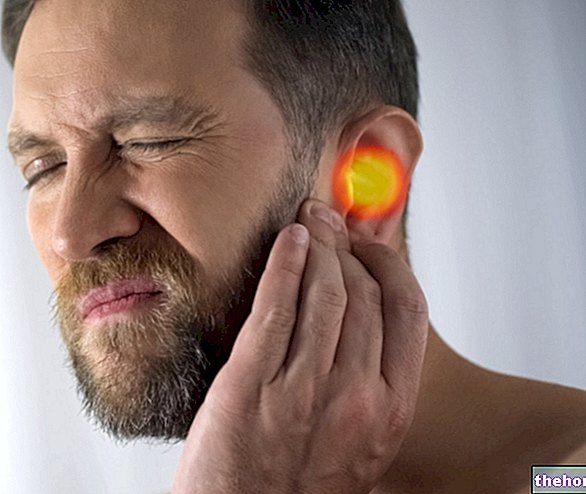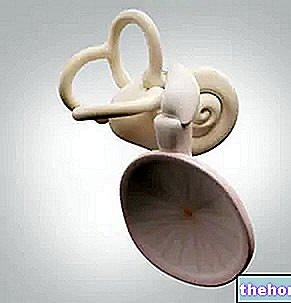-cos-cause-sintomi-e-cura.jpg)
This condition is often caused by inflammation of the surrounding tissues (eg otitis, trauma, etc.) and can arise at the same time as an upper respiratory infection, such as the flu.
Myringitis involves an "intense ear pain that begins suddenly, radiating to the corresponding half of the head. The medical evaluation uses the direct vision of the ear canal and the eardrum membrane (otoscopy) and the execution of other instrumental tests, such as audiometry.
The therapy of myringitis essentially makes use of drugs aimed at controlling pain and resolving the triggering cause. Sometimes it is necessary to puncture the vesicles on the tympanic membrane with a myringotomy needle.
or bacterial with origin in neighboring tissues (ear or airways).
Myringitis can be:
- Acute: inflammation of the eardrum usually occurs in association with an infection of the external ear canal (otitis externa) or of the middle ear (otitis media). Myringitis begins suddenly and tends to limit itself within a few days (in general: 24-48 hours if a virus is involved and about a week for bacteria). Examples of acute myringitis are:
- Bullous myringitis;
- Micomyringitis.
- Chronic: myringitis tends to persist over time, so symptoms recur episodically. This form of inflammation of the eardrum often occurs in subjects suffering from other chronic pathologies, such as some variants of ear infections and cutaneous eczema. Examples of chronic myringitis are:
- Granular myringitis;
- Eczematous myringitis.
Although the symptomatology of these different conditions may partly overlap, the etiology and therapeutic strategies differ.




























